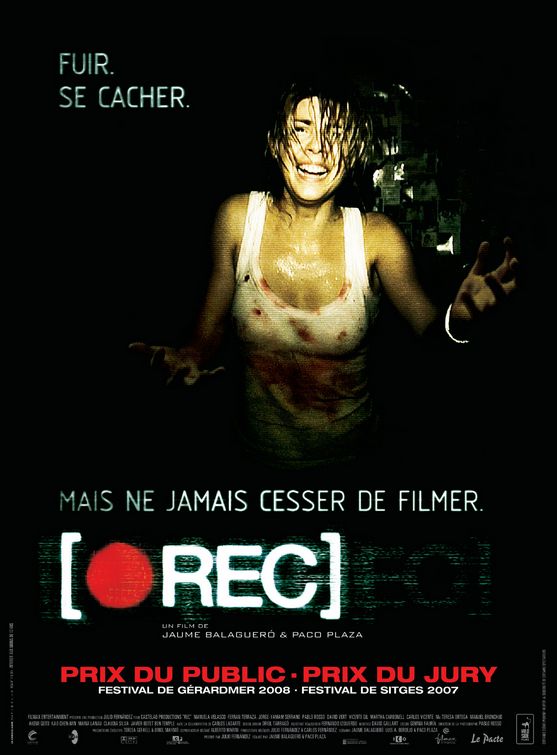What is a medulloblastoma?
A medulloblastoma is one of several different types of brain tumour that may affect children. Brain tumours are caused by cells growing and multiplying in an uncontrolled way to form an abnormal lump. This happens because the DNA, which programmes how cells behave, changes.
A medulloblastoma is an infratentorial tumour, which means it is found below the tentorium, which separates the cerebrum from the lower part of the brain. This area is called the posterior fossa. Medulloblastoma tumours are found in the cerebellum and/or fourth ventricles. Please see the diagram in Childhood brain and spinal tumours. It develops from immature (primitive) cells in the cerebellum. It is a form of primitive neuroectodermal tumour (PNET). A medullobastoma is sometimes referred to as a posterior fossa PNET. For information about other types of PNET, please see the separate information sheet.
Some tumours are classified as benign if they grow but do not spread elsewhere. Others are classified as being malignant or cancerous if they can spread to other parts of the body. A medulloblastoma is a malignant tumour. It is fast growing and can spread (metastasise) to elsewhere in the brain and spinal cord.
What are the symptoms associated with a medulloblastoma?
The effects of a medulloblastoma are due to the abnormal lump growing and putting pressure on the rest of the brain as it grows. Symptoms can also be caused by the medulloblastoma cells spreading to the spinal cord. Often it blocks the flow of cerebrospinal fluid (CSF) in the brain, which causes hydrocephalus. More information about hydrocephalus is contained within Childhood brain and spinal tumours.
Children are likely to develop problems with balance (ataxia) because the cerebellum, which is the balance centre of the brain, is affected. Some of the nerves controlling eye, facial and mouth movements may be affected by pressure from the tumour, causing squint, double vision, facial weakness and swallowing difficulties.
If a medulloblastoma starts in or spreads to the spinal cord, the child may experience back pain. Often there will be weakness, sometimes in both legs and a reduced ability to feel pain and other sensations normally. Difficulties in controlling the bladder and bowels may happen.
Without treatment, a medulloblastoma will quickly grow in size. The symptoms that it produces will become more severe within a short space of time. Eventually, these will be life threatening.
What causes a medulloblastoma?
We do not know what makes a medulloblastoma start to grow nor do we understand what makes the immature (primitive) cells turn in to tumour cells. Researchers think that both inherited and genetic factors might be involved and that environment may play a part. A medulloblastoma is not caused by diet, lifestyle or upbringing differences, medicines given to parents or children or difficulties with pregnancy and birth.
How common is medulloblastoma?
Overall, brain tumours are the second most common tumour after leukaemia. They affect one in every 30,000 children each year. This is a lot less frequent than many other childhood illnesses. Brain tumours affect a child’s long-term health and well being more than any other type of tumour. Between 15 and 20 per cent of brain tumours in children are medulloblastoma tumours. They are the most common form of malignant tumour in childhood.
What treatments are available?
There are three main types of treatment for children with brain tumours: surgery, radiotherapy and chemotherapy. For more information about these treatment options and any risks or side effects associated with them, please see information sheets about surgery, chemotherapy and radiotherapy.
Will the tumour come back and what can be done if it does?
A medulloblastoma tumour can come back (recur), especially in the first two years after treatment. It comes back less often more than five years after treatment. Most come back in the same place as the original tumour but some may develop in a new area of the brain or spread to the spinal cord (metastasise). In many cases, it is possible to operate again to remove the tumour, followed by further treatment with radiotherapy (If not given previously) and/or chemotherapy. New treatment protocols for children with recurrent medulloblastoma are continually being investigated and developed.












